Many women wonder, “Can you go swimming on your period?” The short answer is yes—you absolutely can. With the right protection and a bit of preparation, swimming during your menstrual cycle is not only safe but also enjoyable. In fact, water activities may even help relieve cramps and boost your mood. Despite common myths and social taboos, menstruation does not have to limit your lifestyle or keep you out of the pool. Whether you’re planning a beach day, a swim class, or a relaxing dip in the lake, understanding your options will help you feel confident and comfortable.
This article explores the science behind swimming on your period, the best menstrual products to use, health considerations, and tips for a stress-free experience. By the end, you’ll know exactly how to answer the question: can you go swimming on your period? Spoiler: you can, and you should if you want to.
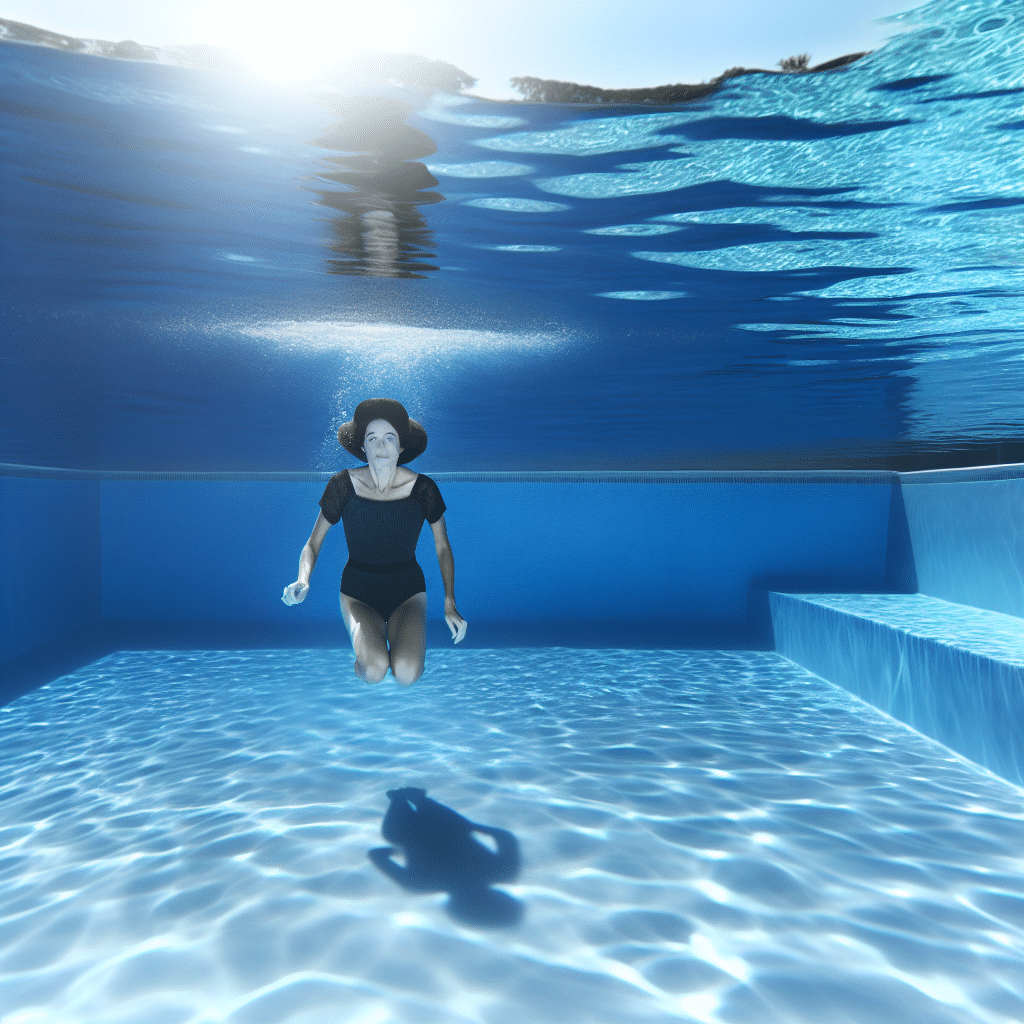 Understanding How Menstruation Works in Water
Understanding How Menstruation Works in Water
To feel confident about swimming on your period, it helps to understand what actually happens in the water. First, menstrual flow doesn’t stop completely when you’re submerged. However, water pressure may slow the release temporarily. This effect is short-lived and only lasts while you’re fully in the water.
Second, gravity plays a role in how flow moves. When you’re upright on land, blood flows more freely. In water, especially when horizontal, the flow may feel less noticeable. Yet, once you exit the pool or change position, flow resumes normally.
Third, the idea that periods “stop” in water is a myth. Blood may not exit the body as quickly due to pressure, but it’s still present. That’s why using proper protection is essential.
Fourth, temperature can affect your cycle. Cold water might cause mild cramping in some women. On the other hand, warm water, like in a heated pool or hot tub, may help relax muscles and ease discomfort.
Fifth, movement in water increases circulation. This can sometimes encourage a slight increase in flow after swimming. It’s normal and nothing to worry about.
Sixth, leaks are preventable with the right product. Pads are not suitable for swimming. Instead, tampons, menstrual cups, or period swimwear offer reliable protection.
Finally, remember that every woman’s experience is different. Some notice no change at all. Others may feel more aware of their flow. Listening to your body is key.
Because knowledge reduces fear, understanding these facts makes it easier to enjoy water activities without hesitation.
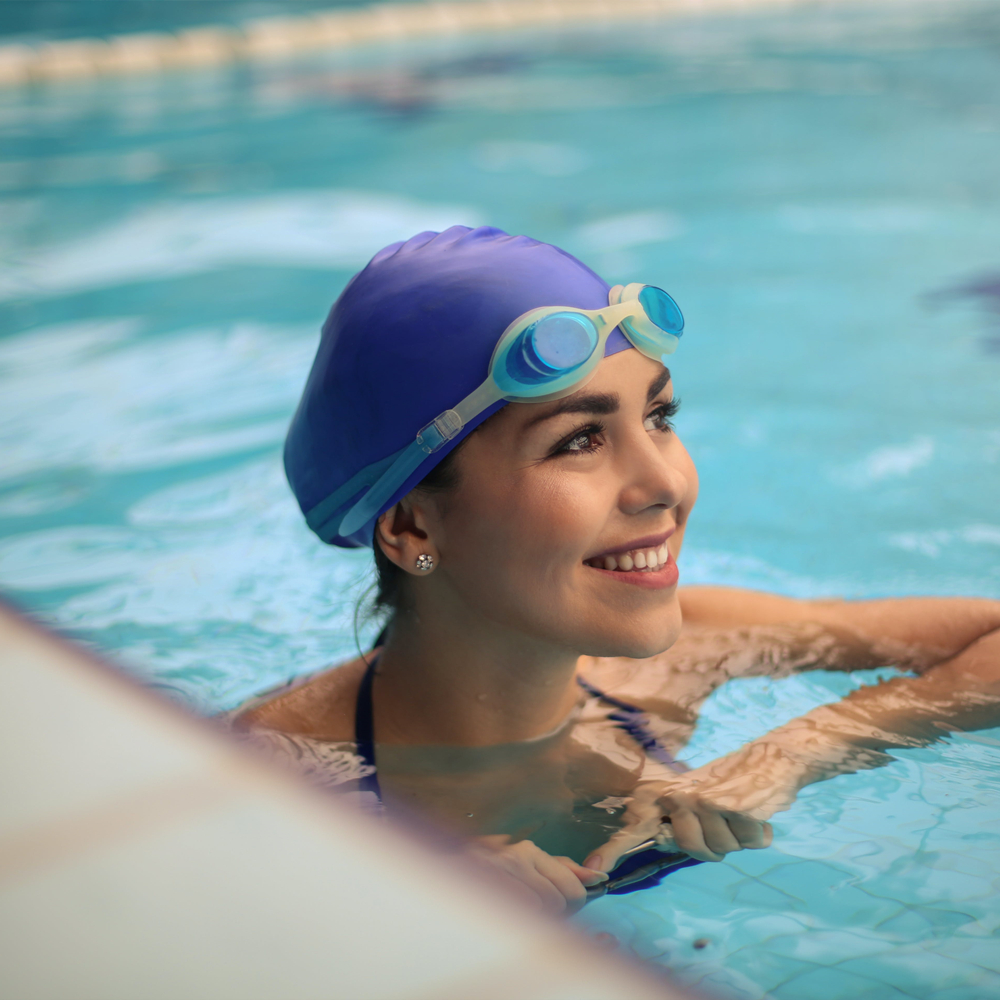 Safe and Effective Menstrual Products for Swimming
Safe and Effective Menstrual Products for Swimming
Choosing the right protection is crucial when you ask, “Can you go swimming on your period?” Not all menstrual products work in water. Here are the most effective options.
First, tampons are the most popular choice. They sit inside the vagina and absorb flow before it exits. For swimming, use a fresh tampon just before entering the water. Choose the right absorbency based on your flow.
Second, change your tampon as soon as you get out. Leaving it in for more than eight hours increases the risk of toxic shock syndrome (TSS). Always follow package guidelines.
Third, menstrual cups are a reusable and eco-friendly alternative. Made of soft silicone, they collect rather than absorb blood. A well-fitted cup can last up to 12 hours.
Moreover, cups create a seal that prevents leaks during swimming. They don’t dry out like tampons, making them ideal for long pool sessions. Just remember to empty and rinse it after swimming.
Fourth, period swimwear is a newer option. These swimsuits have a built-in absorbent layer that holds light flow. They work best on low-flow days or with backup protection.
Fifth, avoid pads and panty liners. They absorb water quickly and become ineffective. Plus, they can show through swimwear and cause discomfort.
Sixth, carry spare supplies in a waterproof bag. This includes extra tampons, wipes, and a dry towel. Being prepared reduces stress and keeps you feeling fresh.
Seventh, practice using your chosen product at home first. This builds confidence before trying it in public.
With these tools, you can swim safely and comfortably during your period.
Debunking Common Myths About Swimming on Your Period
Many myths discourage women from swimming on their period. Let’s clear them up one by one.
First, sharks will not attack you because of your period. This myth has no scientific basis. Shark attacks are extremely rare, and menstrual blood is not a proven attractant.
Second, you won’t turn the pool red. Menstrual flow is usually small, especially with protection. Even if a minor leak occurs, it’s unlikely to be visible in large bodies of water.
Third, swimming does not increase your risk of infection. Public pools are chlorinated, which kills bacteria. As long as you follow hygiene practices, you’re safe.
Fourth, cramps may actually improve in water. The buoyancy reduces pressure on the abdomen. Warm water can relax muscles and reduce pain for many women.
Fifth, you won’t offend others by swimming on your period. Most people don’t even notice. With proper protection, leaks are rare and manageable.
Sixth, swimming does not disrupt your cycle. Water exposure has no effect on the length or timing of your period.
Seventh, religious or cultural taboos vary, but they are not backed by medical facts. Many women worldwide swim during menstruation without issue.
Finally, feeling embarrassed is common but unnecessary. Millions of women swim on their periods every day. You’re not alone.
By challenging these myths, we help create a more inclusive and informed environment for all women.
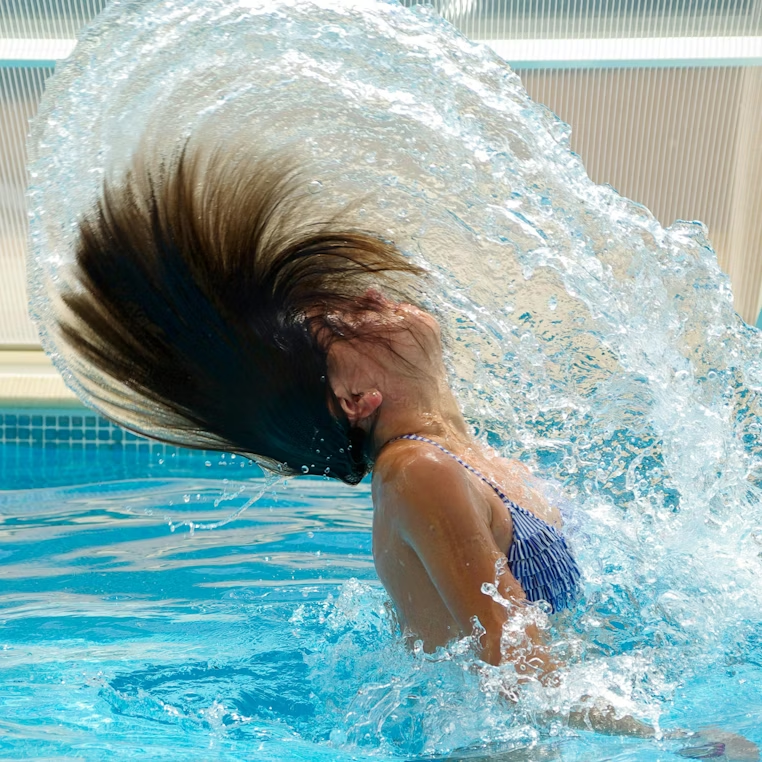 Tips for a Comfortable and Confident Swimming Experience
Tips for a Comfortable and Confident Swimming Experience
Feeling good in the water starts with preparation. Here’s how to stay comfortable while swimming on your period.
First, time your swim for the middle of your cycle if possible. Flow is often lighter then, making protection more effective.
Second, use a fresh tampon or empty your menstrual cup before entering the water. This minimizes the chance of leakage.
Third, wear dark-colored swimsuits. They hide minor stains better than light shades. High-waisted or bikini bottoms with lining add extra security.
Fourth, bring a change of clothes and a plastic bag for wet swimwear. This makes post-swim cleanup easier and more discreet.
Fifth, stay hydrated. Menstruation can cause fluid loss. Drinking water helps prevent fatigue and headaches.
Sixth, listen to your body. If you feel crampy or tired, take breaks. Floating or gentle movements may help more than vigorous swimming.
Seventh, use pain relief if needed. Over-the-counter medicine like ibuprofen can reduce cramps and inflammation before swimming.
Eighth, consider swimming with a friend. Support makes the experience less stressful. You can also share tips and supplies.
Ninth, practice good hygiene. Shower before and after swimming. This keeps your skin clean and reduces odor.
Tenth, focus on fun. Don’t let anxiety take over. Remember, swimming on your period is normal and safe.
With these tips, you can enjoy the water without worry.
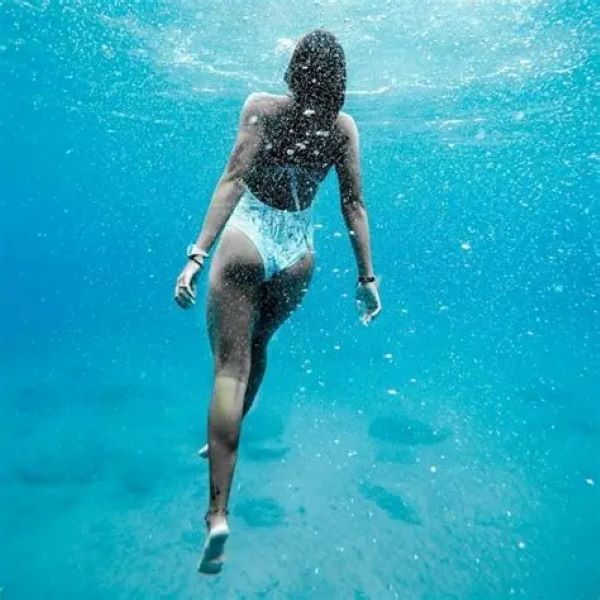 Frequently Asked Questions About Swimming on Your Period
Frequently Asked Questions About Swimming on Your Period
Can you go swimming on your period with a tampon? Yes. A tampon is one of the best options. Insert it before swimming and change it after.
Is it safe to use a menstrual cup while swimming? Absolutely. Cups are designed for active use. Just ensure it’s properly inserted.
Can swimming make your period stop? No. Water pressure may slow flow temporarily, but it doesn’t stop your cycle.
Will others know I’m on my period? Unlikely. With proper protection, there’s no visible sign. Most people won’t notice.
Can I swim during the first or heaviest day? Yes, but use higher absorbency protection. Consider pairing a tampon with period swimwear.
Is it okay to swim in a lake or ocean? Yes. Natural water is safe with protection. Avoid swallowing water to reduce infection risk.
Can I wear a pad while swimming? No. Pads absorb water and become useless. They are not designed for swimming.
These answers help women make informed choices and reduce anxiety.
How Swimming Can Actually Help During Your Period
Contrary to belief, swimming can improve how you feel during menstruation. First, physical activity boosts endorphins. These “feel-good” hormones reduce pain and elevate mood.
Second, water supports your body weight. Buoyancy reduces pressure on joints and the lower abdomen. This can relieve cramping and back pain.
Third, rhythmic movements like freestyle or breaststroke promote blood flow. This helps ease bloating and muscle tension.
Fourth, warm water relaxes muscles. Heated pools or jacuzzis are especially soothing for period discomfort.
Fifth, swimming reduces stress. Lower stress levels can lead to lighter periods and fewer PMS symptoms over time.
Sixth, regular exercise may regulate your cycle. Women who stay active often report more predictable periods.
Seventh, being active increases energy. Even mild fatigue from menstruation can improve with light exercise.
Eighth, swimming builds confidence. Overcoming fear of leaks or judgment empowers you in other areas of life.
Finally, it keeps your routine on track. You don’t have to pause your fitness goals because of your period.
Because of these benefits, swimming is not just safe—it’s beneficial.
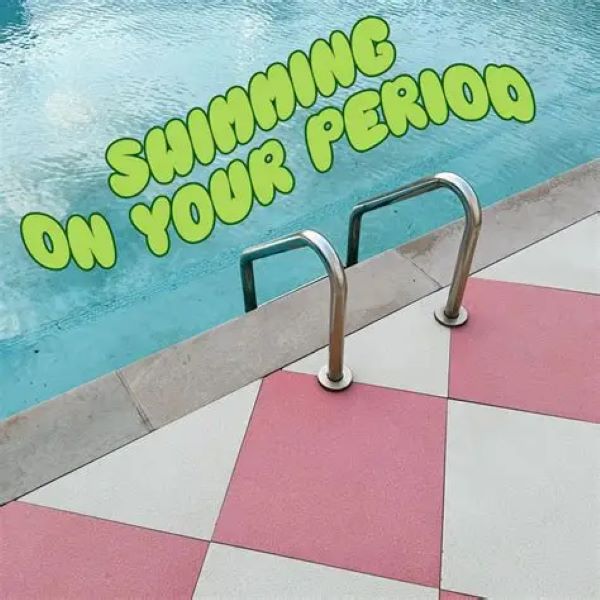 Final Thoughts: Yes, You Can Go Swimming on Your Period
Final Thoughts: Yes, You Can Go Swimming on Your Period
Can you go swimming on your period? To answer the question clearly: yes, you can go swimming on your period. With the right tools and mindset, there’s no reason to miss out on water fun. Whether you’re using a tampon, menstrual cup, or period swimwear, protection is effective and accessible. Swimming may even help reduce cramps and boost your mood. By understanding your body and debunking myths, you can enjoy the pool, beach, or lake with confidence. So next time your period coincides with a swim day, don’t hesitate—dive in and enjoy every splash.